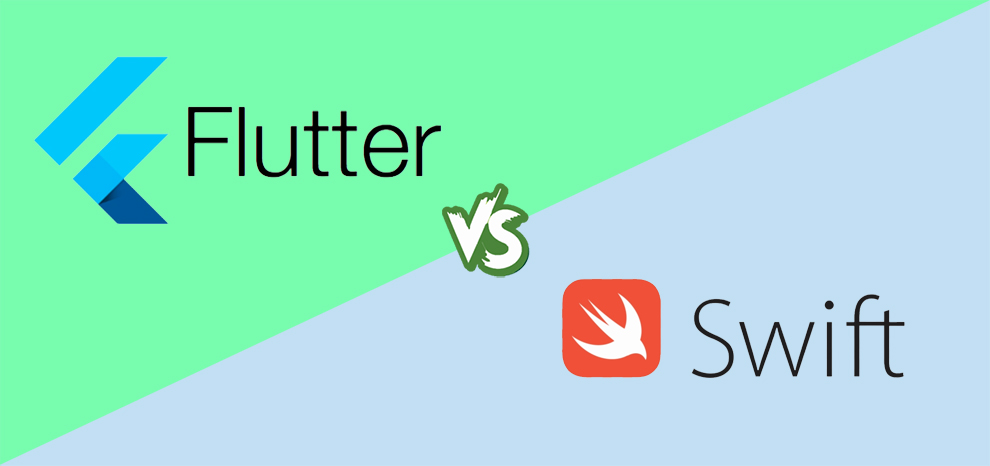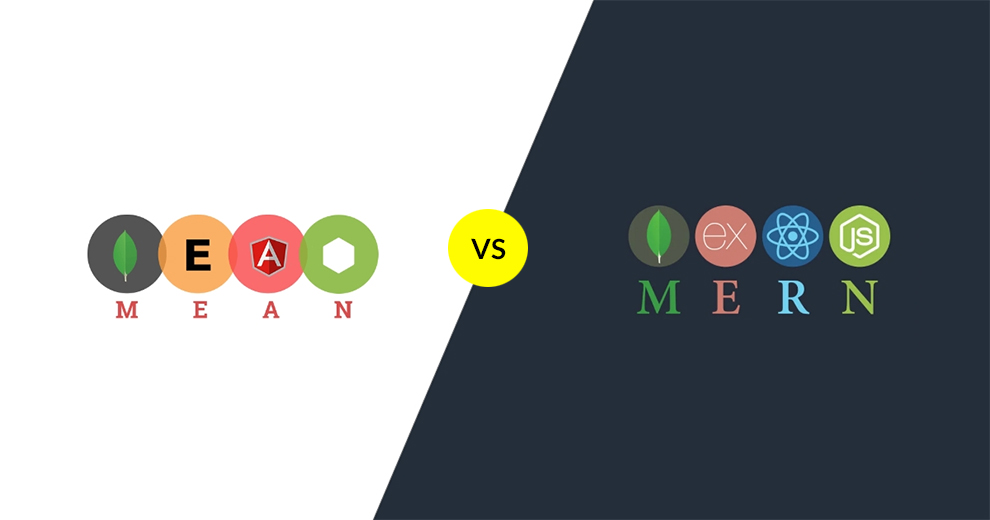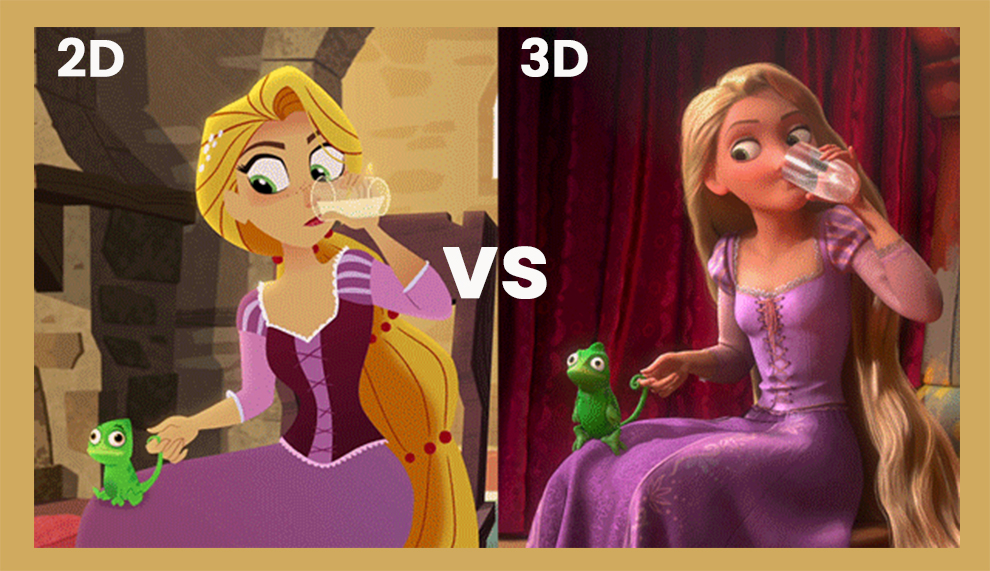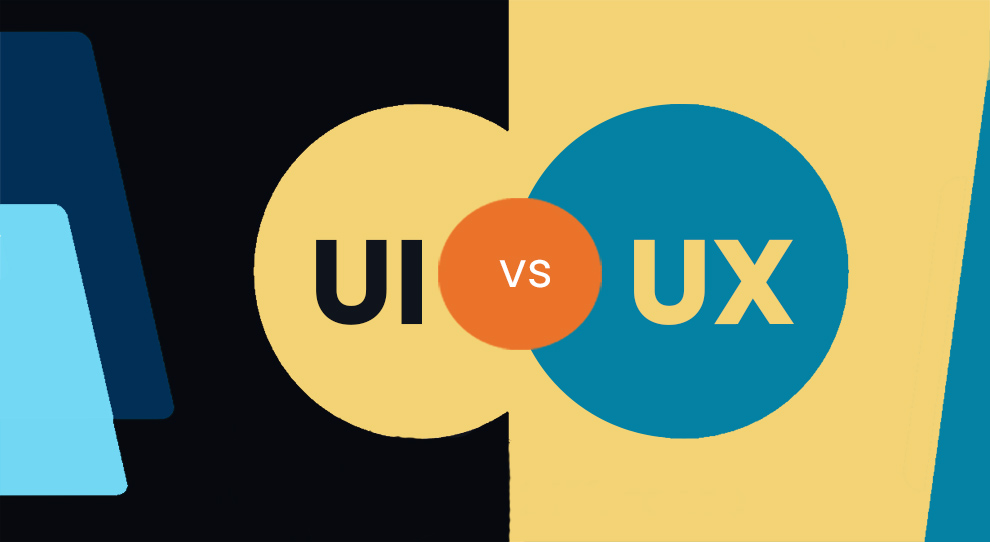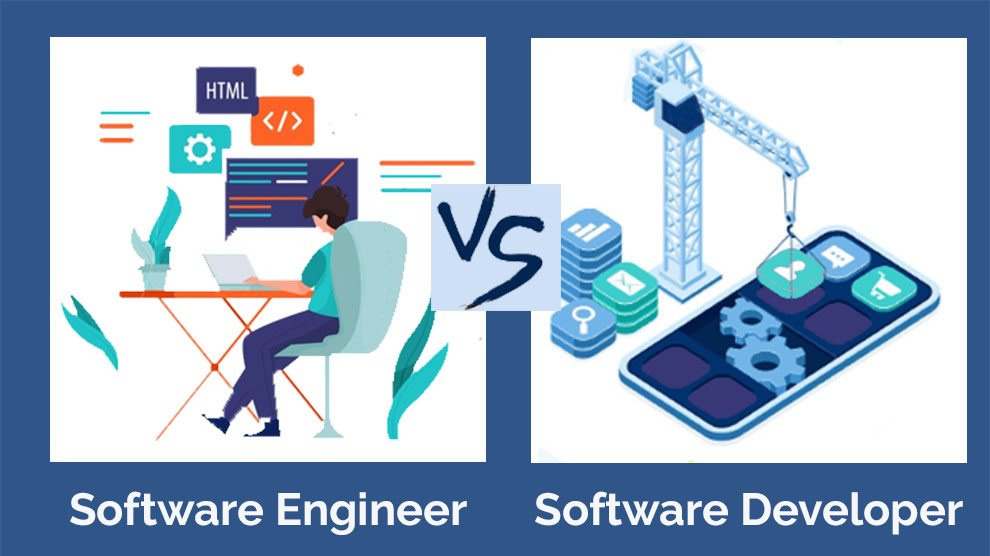The bottom line is: Opt for Swift if you desire a native iOS app with top-notch functionalities. However, Flutter can help you build iOS and Android apps using one codebase. So, the choice is yours.
Today there is an application for everything, and if your business does not have an app yet, you are probably missing out on the potential revenue.
However, before you develop your apps, you must assess which framework will work the best. The two top choices for iOS app development are Native iOS/Swift and Flutter/Dart.
Flutter vs Swift is a never-ending debate in picking the best mobile app development framework. Fortunately or unfortunately, it will only get intense with time.
Undoubtedly, Flutter is taking persistent measures to improve in popularity and documentation. However, when it comes to iOS app development, it sadly cannot outshine Swift as yet.
But Flutter apps are cost-effective and very easy to maintain. However, native apps are designed for their specific platforms, making the most of the attributes of the software and the iOS.
These apps are operationally faster, resulting in a relatively better performance and user experience. They allow direct access to the device hardware, such as the GPS, camera, microphone, and more.
The differences will always be there, but picking from Flutter and Swift ultimately boils down to your project requirements as well.
How Do Flutter vs Swift Compare?
| Attributes | Flutter | Swift |
| Accessibility | Supports accessibility for the external tools | In-built accessibility support for the iOS apps |
| Integration | Nevercode tool | Jenkins tool |
| Onboarding Process | macOS + Xcode + Flutter Binary | macOS + Xcode |
| Coding speed | Quicker | Not as fast |
| Learning curve | With Dart, the learning curve becomes easier. | The learning curve is easy because of the comprehensive documentation. |
| App Size | Large | Flexible |
| Development time | Performs better after the cleaning and development time | Performs efficiently and consistently across the clean and development time |
| UI Flutter vs Swift | As good as Swift but quicker | Native for iOS |
| Reloading | The hot reloading feature allows the developers to make real-time changes. | You can make real-time changes. |
| Testing | It comes with in-built support for testing. | XCTest is available |
| Talent pool | Relatively less popular, but works on Android too | More popular amongst developers |
Before we delve into the comparison and help you pick from Swift or Flutter, let us give you a brief overview of the two frameworks.
What Is Flutter?
Flutter is a relatively newer framework from the house of the tech giant Google. Flutter aims to create a type-safe framework to help manage various advanced features and facilitate top-performance apps’ layout rendering and UI.
Having said that, Flutter offers robust app development across all platforms, including iOS, Windows, and Android. As a framework, Google deliberately designed it, acknowledging everything necessary to ensure the utmost satisfaction for the developers with the code they create in place.
In simpler terms, a Flutter-designed app lets the developers make the most of the newest attributes in the Android SDK without dealing with the platform differences like the UI libraries.
What Is The Disadvantage of Flutter?
- Flutter has a unique architecture and employs the Dart programming language. So, developers have to learn it to get started with Flutter.
- Flutter has larger file sizes than the ones designed with native technologies. It can result in more installation and download time.
- Flutter provides several pre-built widgets but does not have substantial support for native functionality as the native development frameworks like Swift.
- Even though it has a quick development cycle, it might not be as fast as the native app in terms of efficiency and speed.
- Flutter is a newer technology than other mobile development frameworks. Consequently, it has fewer third-party libraries and tools for developers.
Apps Based on Flutter
Some of the apps based on Flutter are:
1. Realtor: Largest real estate website in America that employs innovative marketing solutions.
2. Philips Hue: A mobile app that lets you adjust the smart lights in your home to the media to match your mood and whim.
3. Google Ads: Yes, Google employs its own products. Google Ads is an advertising platform with a bundle of services.
What Is Swift?
Swift is an interoperable, secure, and high-performance programming language from the house of Apple. It is employed globally because of the many advantages it offers to developers over other programming languages like C#, Android development, etc.
In 2016, Apple recommended Swift for its ability to ensure ease of use, performance, and security while creating apps for the iOS platform or developing an iOS application.
What Are The Disadvantages Of Swift?
Amidst the Swift or Flutter debate, here are some of the lows associated with Swift:
1. Garbage Collection: Swift does not have a garbage collection feature. Thus the developers have to manage memory manually. Even though it can be excellent for efficiency and control, it is typically more error-prone and complex.
2. Limited backward compatibility: Swift is a newer language and does not have the same backward compatibility as the more established options like C++ or Java. It also implies that the latest versions may not support the code mentioned in the earlier Swift versions.
3. Limited support for legacy systems: Swift mainly works with Apple’s OS. Hence, it may not be the first pick for developers who seek to work with cross-platform or legacy systems.
4. Limited concurrency support: Swift offers concurrency support but is not as advanced as other programming languages like Rust or Go. It can make it challenging for the developers to create concurrent and efficient code.
5. Limited enterprise adoptions: It is a popular mobile app development language but has not seen widespread adoption in the enterprise market. Hence, its usefulness for large-scale projects is questionable.
Apps Based on Swift
Some of the Swift-based apps include:
1. Lyft: A global company that provides a mobile app for bicycle-sharing systems, vehicle hire, and food delivery services
2. Asana: Project management app and web platform delivered as a SaaS.
3. Firefox for iOS: Mozilla web browser employs the native iOS language for safety reasons.
Swift vs Flutter – Detailed Comparison
Now let us compare these two platforms on different metrics to help you conclude and choose one over the other.
A. Integration Capabilities
Google’s tool Flutter does better at integration capabilities as it does not need configuration.
It is a vital attribute in the Flutter or Swift comparison, especially crucial in development. As for the development process, Flutter is different from Swift.
XCode server provides seamless integration across the development process. It guarantees the smooth delivery of the iOS application.
However, sadly it can curtail the scalability of the applications compiled by Apple. They offer less-than-perfect solutions for applications in the form of BuddyBuild.
On the contrary, Flutter follows a new approach, and its latest development tools can help make, detect, test, and package any app beautifully. However, the problem is that it does not need any configuration: a primary reason we like Flutter better is the integration capabilities.
B. Is Flutter or Swift Easier? – The Learning Curve
Swift is a mature language. It provides better integration and accessibility with native components. Both Flutter and Swift have a similar learning curve.
What is the learning curve? It is the term that defines how difficult or easy it can be to learn a new app development technology. It is one of the vital criteria in picking one app development tool over the other. So, Flutter vs Swift, which is easier? Let us find out.
Flutter outperforms most of the other widely employed mobile app frameworks. It comes with an expansive set of well-organized documentation and tutorials that are user-friendly for the developers.
However, when creating an iOS app, Swift has been around since 2014 and offers a detailed tutorial for building native iOS apps. Thus, the choice between learning Flutter and Swift boils down to the developers as they both have the same ease or difficulty level.
C. User Interface
From a user’s point of view, the user interface for Flutter will be indistinguishable from the native Swift. Broadly, the user interface is the same. Hence, there is not much difference to debate.
But since Swift demands all the UX and UI elements to be developed from scratch, we give it to Flutter for the UI.
Since Swift is a native-developed framework, you will not face any challenges implementing any native iOS features for the interface.
Broadly, the user experience will be as close to the iOS as practically possible. Hence, it needs to compile every attribute from scratch and from the ground up. You may not know, but even the user interface needs drafting from scratch.
On the contrary, when you operate Flutter, you will have abundant user interface elements, to begin with. It is a significant pro for Flutter in the Swift vs Flutter comparison.
For instance, you can employ the Cupertino and Material widgets to start with and barely need any support or backing from Swift. But the interface will be mostly the same.
Hence, since Flutter does not require you to create any native-like interface elements from scratch, it can save you a lot of time. Moreover, the components resemble what they would look if built using the native programming language. Thus, the clear winner is Flutter.
D. Development or Coding Speed
Flutter is faster.
Swift is quick. Creating an application for Apple’s platform from the beginning or scratch barely takes any time. In addition, it also works well. However, Swift takes some time and effort when you have to make changes in the code.
But the Swift developers believe that this development time is reduced manifold and ensures that the development process is as easy as it should be.
Flutter has various widget options, testing tools, navigation, and libraries. All of this amplifies the coding speed dramatically. It also means that the Flutter developers do not have to spend their time and attention polishing the UI elements because Flutter does it automatically.
Their Hot Reload feature is an absolute delight. It shortens the time to make code changes. Also, you can visualize them without refreshing the app. On the contrary, the same code in Swift will demand a few lines of code to acquire the same function as in Flutter.
E. Swift vs Flutter Performance
Flutter performs almost identically to Swift, except when you make the most of the iOS platform.
Before comparing the two on performance, let us reiterate – Swift is a default language for iOS apps. Thus, it has a real advance there. You can rely on Swift for flawless execution of tasks that require massive calculation power, like real-time chat and gaming applications.
Hence, it is a more potent option in terms of performance, considering all the mobile app performance indicators.
It does not mean Flutter is inefficient. The app does not lag, and Dart, its programming language, uses a trash expert. Moreover, it is compiled ahead of time, ensuring seamless and easy communication with the specific smartphone device.
F. The Popularity Of Flutter and Swift
Flutter is more popular. It has better UI abilities, more developer support, and well-organized documentation. Thus, it finds more use than Swift. Further, it lets the developers build apps for multiple platforms simultaneously.
Only four percent of developers use Swift for programming their software solutions. Further, Swift has 55000 stars on GitHub, one of the renowned developer communities. Flutter is regarded in the top three by StackOverflow and has 118000 stars on GitHub. Thus, it is apparent it is the more popular of the two.
G. Is Flutter as Fast as Swift?
Speed is circumstantial and depends on various factors, such as the developer’s expertise in code optimization, specific use case, implementation, and the device. However, when building a native app, Flutter cannot beat Swift.
Swift and Flutter are excellent technologies for building mobile apps but have different underlying technologies and approaches. Flutter has its own rendering engine and utilizes the Dart language.
On the contrary, Swift employs the native iOS framework. The apparent truth is app building time is much faster when you utilize native programming languages. Thus, Swift is faster when you have to build iOS apps.
Broadly, both Swift and Flutter are fast and ensure a smooth application experience. But which is faster will depend on the purpose wherein speed needs to be assessed.
Flutter employs the Skia graphic library that helps you animate and draw user interfaces rapidly and efficiently. It also supports hardware-accelerated graphics rendering, dramatically speeding up the performance.
On the contrary, Swift employs native iOS frameworks, optimized for iOS apps, and guarantees top-notch performance. Further, additional features like memory safety and safety typing can help developers write codes fast.
H. Flutter Vs Swift Development Time
Swift is a clear winner as it works consistently faster during and after the clean build.
You can employ a command on Flutter APK to decide how long it takes to develop every app. In terms of clean builds, Flutter is slower than Swift and only becomes faster once it undergoes initial clean builds.
You can use the XCode command line to calculate the development time in the Swift native iOS app. The build time shows once you finish developing the app and have run the build command from the product menu. It takes around 13.334 seconds for a clean build with Swift.
I. Development Cost
Overall, iOS apps are costlier, but if you need apps for both platforms, using Flutter will be cheaper as you can use one code for iOS and Android.
Both Flutter and Swift are open-source technologies. So, you do not need to worry about the cost of using these platforms. Hiring developers for either is simple, given the many software development companies in the market.
Technically speaking, the overall cost is high when you design an iOS app. But you can target more users at a similar price by developing apps for two platforms with Flutter. A single code base will work for Android and iOS sans additional cost.
J. Stability
Swift is a native technology for iOS app development. On paper, between Swift and Flutter stability comparison, the former is more reliable and stable. But that is possible only when you hire a developer with years of experience designing and developing iOS apps. In our view, they are both equally stable.
Both these technologies are immature and young, but they do not cause any issues with stability. The components of both these platforms are maintained by professionals who claim to use them daily.
K. Swift or Flutter In Terms Of Community Support – What’s Better?
As an open-source platform, Flutter is more community-friendly.
Swift revolves around the Swift.ORG organization and platform. As per the GitHub statistics, Swift has over 830 contributors and 2600 active watchers for the thread.
Further, you have more than 230,000 questions tagged with SWIFT on StackOverflow, one of the most popular query and code exchange platforms.
GitHub figures indicated with Flutter are comparable. Flutter has 770 active but 3400 active watchers. However, the number of questions tagged is lesser than 70,000. Let us assume there are fewer issues with Flutter. The Flutter community checks Google groups and other forums like Slack.
Related: Flutter Vs React Native | Flutter Vs Kotlin | Flutter Vs ReactJS |Flutter Vs Xamarin
When To Use Flutter?
You have read the Flutter vs Swift comparison and might have decided by now, but you must also know where Flutter seems like the right choice. Here are some such instances where you can use this cross-platform development framework to build top-performance desktop, web, and mobile apps:
1. Cross-platform development: If you wish to build an app that can run on iOS and Android, Flutter can be a good pick. It lets you design one codebase for several platforms. It can save you tremendous time and resources over building separate apps for every platform.
2. Rapid development: Thanks to the ‘hot reload’feature from Flutter, developers can now make changes to the code and see instant results in the app. There is no need to restart the app. It can amplify the development process dramatically, making it easier to iterate on the app’s functionality and design.
3. Performance: Flutter employs an efficient and fast rendering engine that ensures quick UI updates and smooth animations. It makes the app feel more performant and responsive, particularly on low-end devices.
4. Custom UI design: Flutter has rich widgets that let you design responsive and beautiful UIs. So, if you have a specific requirement for the app, Flutter can help you achieve those designs.
5. Community Support: Flutter has an active and growing community of developers who contribute to the open-source packages and deliver support through social media and forums. It can offer immense knowledge and support for the developers new to this framework.
Overall, Flutter is an excellent pick for designing a cross-platform app that needs higher performance and customization and for developers who like a supportive community and a rapid development process.
When To Use Swift?
Swift is an exceptionally potent programming language. It works well with different Apple OS, such as tvOS, watchOS, macOS, and iOS. Here are some situations where Swift can be a better choice:
1. Developing macOS or iOS apps: If you wish to design native macOS or iOS apps, Swift can be a good language of choice. Swift provides several contemporary features and works seamlessly with Apple’s frameworks and development tools.
2. Building apps that demand high performance: Swift is an excellent choice for delivering efficient and fast code. Hence, it can be a go-to language for apps that require superior performance, such as video and audio processing, games, scientific computing, etc.
3. Creating server-side apps: You can use Swift to create server-side apps. It is an efficient and powerful language to handle complex apps.
4. Developing cross-platform apps: Even though Swift helps build apps on Apple’s OS, you can also use it for cross-platform apps, thanks to the presence of frameworks like Kitura and Vapor that let you develop apps that run on multiple platforms.
Swift can be a powerful and versatile programming language used in different situations. It can be a go-to option when developing apps for Apple’s OS or seeking a high-performance application.
Final Verdict: Should I Learn Flutter or Swift?
The choice between the two depends on the type of app you wish to develop. You should base your opinion on the type of comfort level you desire during the app development process.
Just a recap of what we have discussed so far. We will conclude with the following:
Flutter is evolving every day and getting better. It offers top-notch documentation, and its popularity is also rising. However, everything aside, it is not as good as Java or Swift.
The Flutter apps may be easier to maintain and cheaper to develop. However, native apps are designed for specific platforms, incorporating all the benefits of the attributes of the software and the operating system.

